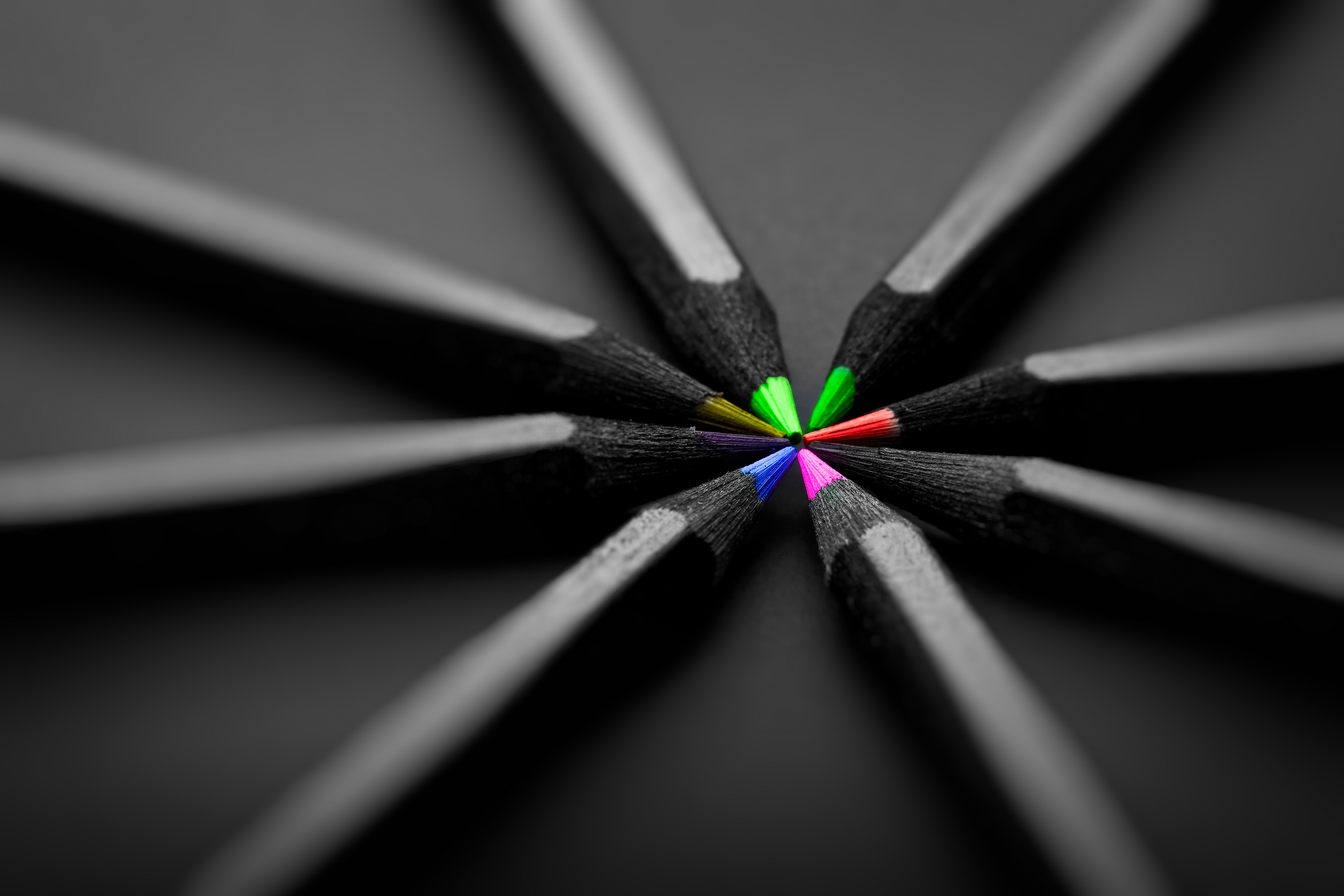
People on the outside often assume we “creatives” are all just like Don Draper. That we can walk into a meeting and spitball award-winning ideas that bring everyone to tears or knee-slapping laughter in a matter of minutes. And, yes, some creative geniuses can nail creative concepts with little to no preparation.
But the Don Drapers of the world are few and far between. In most cases, it takes a village of people with different creative strengths to come up with solid ideas that make it to the Clio Awards.
All types of creativity exist. And it’s important to recognize the different types for a few reasons. First, it allows you to be a better manager of the people on your team. Second, it allows you to see where your team lacks, so you can hire the right people and contract with the right agencies. Third, it allows you to adjust your own expectations. You can’t demand Draperesque ideas from everyone.
So, what do we mean when we say there are different types of creative people? Here are a few archetypes. (Not sure which you are? Take our quiz!)
The Traditional Creatives
These are the Don Drapers of the world — those who can walk into brainstorms completely unprepared and still come up with a thousand ideas without breaking a sweat. Sales teams regularly request that traditional creatives go on pitches with them because they’re exactly who all clients envision is working on their campaigns. They excel at things like redesigns and often have to be “reined in.”
Why we love them: They are brilliant and awe-inspiring, and they have a passion that energizes. They’re also most likely to wear stylish hats, funky glasses and bow ties.
The Strategic Creatives
These are the people who can take all those out-of-the-park ideas the traditional creatives come up with and figure out how to make them produce results. These are the people who write copy that resonates with audiences and moves products. They see the big picture and understand how their tactics execute on the vision.
Strategic creatives may not be the first to throw out ideas in a brainstorm, but when they do, their ideas will be realistic and deliberate. They always are focused on results and often geek out on things like keywords and analytics.
Why we love them: Strategic creatives know how to impact the bottom lines, and they prove, time and again, that marketing is essential to achieving any organization’s goals.
Creative Problem Solvers
These are people who identify problems within processes. They’re the definition of “outside the box thinking,” because they don’t let the status quo overstay its welcome. They seek out technological- or process-oriented solutions to make things more efficient and effective.
Creative problem solvers regularly ask, “Is there a better way to do this?” Then, they’ll find — or create — a way. That might mean instituting a new streamlined review process or taking advantage of automation to do things like format copy so editors or designers don’t have to.
Why we love them: They simplify tasks and processes, allowing other creatives to do what they do best — create!
Creative Leaders
Creative leaders always have the bigger picture in mind. They see people’s strengths (and shortcomings) and can assemble creative dream teams around them. And they know how to get the best work from their teams. They’re naturals at providing outstanding direction and inspiring their teams to always strive for more (although never perfection, because they know creatives will always find something to tweak).
Why we love them: Creative leaders make everyone feel valued and set the tone for team cohesiveness and morale. They are the most likely to affect job satisfaction, and they make for great mentors.
Little of This, Little of That
Of course, not everyone fits squarely into one of these boxes. It’s more likely you’re a combination of at least a couple of different creative types, and the same goes for the rest of your team. The thing to remember is that creativity comes in lots of different shapes and sizes.
We all have different strengths and weaknesses. The reality of creative work is that it takes a team of people with various skill sets who are willing to work together to get that one genius concept, that one perfect headline or tagline. And the more we step back and appreciate each person’s contributions, the more creative we all can be.
Not sure which you are? Take our quiz!
